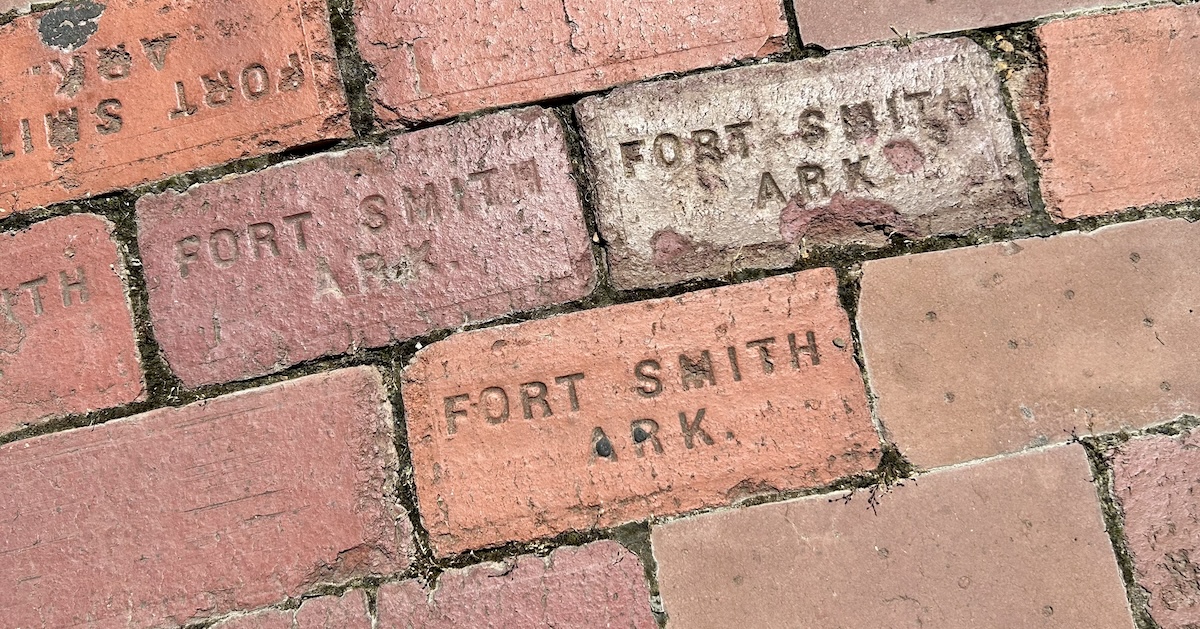
More than $35 million in planned street, bridge and drainage work in 2026 is one of the capital improvement plans the Fort Smith Board of Directors is set to review during Tuesday’s (Oct. 28) study session.
The study session agenda[1] includes a look at the following capital improvement plans.
• A five-year capital improvement plan from the city’s engineering department for streets, bridges, and drainage work. Money for the work comes primarily from 0.625% of a 1% city sales tax. The remaining part of the 1% tax was redirected by voters to pay for federal consent decree work on the city’s sewer system.
• A 10-year capital improvement plan for public works/streets, traffic control, and sidewalks from the city’s department of public works.
• A five-year capital improvement plan from the city’s parks and recreation department. Money for the work comes from a 0.125% sales tax and state and federal grants.
• A 10-year capital improvement plan from the city’s solid waste services department.
According to a memo from Ben Marts, interim director of engineering, to Acting City Administrator Jeff Dingman, the city is estimated to have $67.715 million in funds available with plans to spend $35.137 million on projects in 2026. The projects include $7.361 million for street overlays, $5.739 million in neighborhood drainage, $3.6 million in river levee/bank stabilization, and $3.425 million in new road work approved in prior years.
The new road work includes $1 million toward a new airport entry, $1.925 million for a Spradling Avenue extension, and $500,000 toward the planned extension of Massard Road toward Interstate 49 in east Fort Smith.
“No new streets are proposed to be added for the 2026 cycle due to the reduction of income from the Sales and Use Tax being modified from 1% to 5/8th%,” Marts said in the memo. “Instead, the Engineering Department plans to take the 2026 cycle to renew the Street, Sidewalk, and Sign rating and inventory. This will allow the Engineering Department to focus on the streets with the most need with reduced resources. During this time, the Engineering Department also plans to update the master street plan which hasn’t been updated since 2005.”
The parks and recreation department plan estimates $7.368 million in funds available to begin 2026, with project spending in the year to be $7.365 million. Much of that will be for continued work on the Maybranch Greenway.
“Once complete, this will be an approximately 4-mile, 10-foot-wide, concrete greenway that will connect Riverfront Drive to the Kelley Park Ballfields,” Sara Deuster, parks and recreation director, noted in her memo to Dingman. “Phase IA begins at North 7th Street and continues along P Street for approximately 0.7 miles through Martin Luther King, Jr. Park. Phase IA was completed in July. Phase IB (FY25-FY26) will begin at Riverfront Drive and tie into Phase IA at North 7th Street.”
The capital plan for streets and traffic control estimates $1.15 million for vehicle and equipment replacement and $1.204 million toward the capital equipment replacement fund contribution.
The solid waste services department capital plan for 2026 is estimated at $4.816 million for new vehicle and equipment purchases.
“Attached to this memo is the Department’s proposed Capital Improvement Plan based on the plan developed from the 2018 rate study,” Duane McDonald, solid waste services director, noted in his memo to Dingman. “Included in the plan for 2026 are purchases for five trash trucks, a large bulldozer, an excavator, a skid-steer loader, a 4wd pickup truck, commercial trash/recycling containers and compactor boxes, as detailed in the attached CIP spreadsheet and division memos.”
Related
References
- ^ study session agenda (granicus_production_attachments.s3.amazonaws.com)
